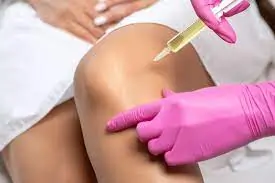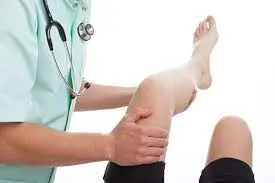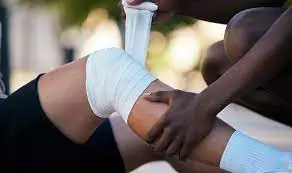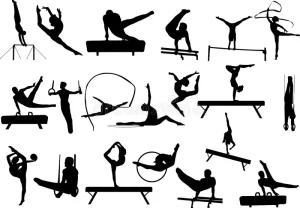Stem Cell Therapy Takes Root in Sports Medicine: Athletes Find Hope in Healing Power of Regenerative Medicine
Testing the physical limitations of their bodies is a way of life for athletes. However, recovering after an injury might take time and effort. Conventional therapies frequently entail protracted rehabilitation and even surgery, which may ruin jobs and crush hopes. A growing profession that gives athletes hoping for a quicker, more natural way to heal hope is stem cell therapy.
The use of Stem Cell Therapy in Sports Medicine:
Sports are all about pushing the limits of the human body. But when injuries strike, the road to recovery can be long and arduous. Traditional treatments often involve lengthy rehabilitation and sometimes surgery, potentially derailing careers and dashed dreams. Enter stem cell therapy, a burgeoning field offering a glimmer of hope to athletes seeking a faster, more natural path to recovery.
Early studies have shown that stem cell therapy can be effective in reducing pain, improving function, and accelerating healing. For example, one study found that athletes who received stem cell therapy for knee cartilage tears were able to return to sport sooner and had less pain than those who received traditional treatment.
Stem cell therapy involves injecting stem cells, the body’s natural repairmen, into injured tissues. These cells have the remarkable ability to self-renew and differentiate into specialized cell types. When injected into injured areas, they can stimulate tissue repair, reduce inflammation, and promote the growth of new blood vessels. This natural healing process offers a potential alternative to invasive surgeries and lengthy rehabilitation stints.
In recent years, stem cell therapy has gained traction in the world of sports, with high-profile athletes like Rafael Nadal and Alex Rodriguez touting its benefits. These regenerative treatments, which involve injecting stem cells, the body’s natural repairmen, into injured tissues, are showing promise in accelerating healing and reducing pain in a variety of sports-related injuries.
Take tennis elbow, a common ailment among tennis players. In a recent study, athletes treated with stem cell injections experienced a significant reduction in pain and improved grip strength compared to those receiving traditional therapy. Similar successes have been seen in treating other sports injuries, including:
- Cartilage tears in knees and ankles
- Rotator cuff injuries in shoulders
- Muscle strains and ligament sprains
Stem cells, found in bone marrow, adipose tissue, and umbilical cord blood, have the remarkable ability to self-renew and differentiate into specialized cell types. When injected into injured areas, they can stimulate tissue repair, reduce inflammation, and promote the growth of new blood vessels. This natural healing process offers a potential alternative to invasive surgeries and lengthy rehabilitation stints.
However, it’s important to note that stem cell therapy is still in its early stages. While results are promising, more research is needed to establish long-term efficacy and safety. Additionally, the treatment can be expensive and is not yet widely available.
Despite the challenges, stem cell therapy represents a significant leap forward in sports medicine. For athletes seeking a faster, more natural path to recovery, it offers a seed of hope, a chance to get back on the field or court and chase their dreams. As research progresses and accessibility improves, stem cell therapy has the potential to revolutionize the way athletes recover from injuries, paving the way for a healthier, more resilient generation of competitors.
This is just the beginning of the story. As stem cell therapy continues to evolve, it’s likely that we will see even more remarkable breakthroughs in the years to come. The future of sports medicine is bright, and athletes around the world can look forward to a future where injuries are no longer a career-ending sentence, but rather a temporary hurdle on the path to victory.






